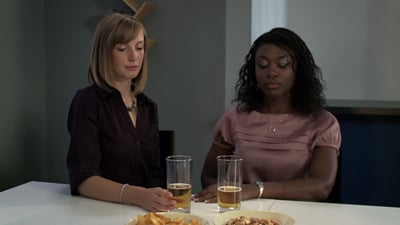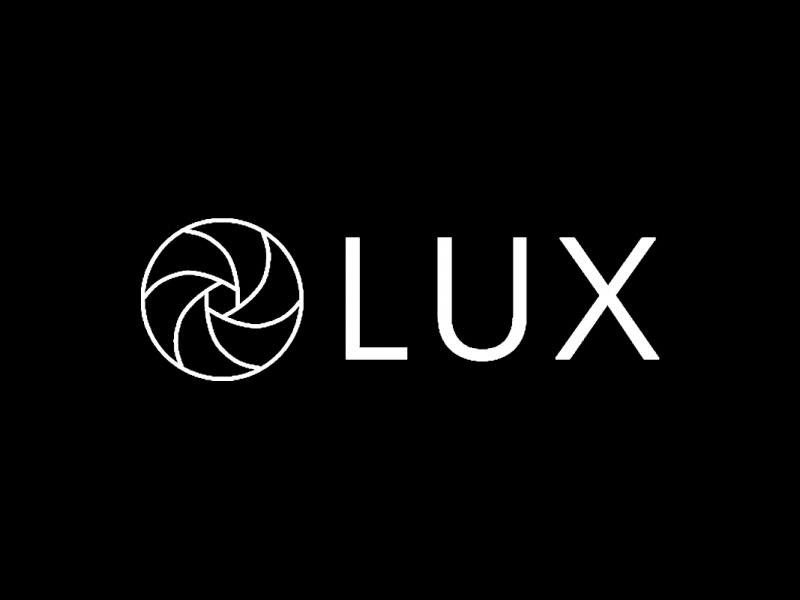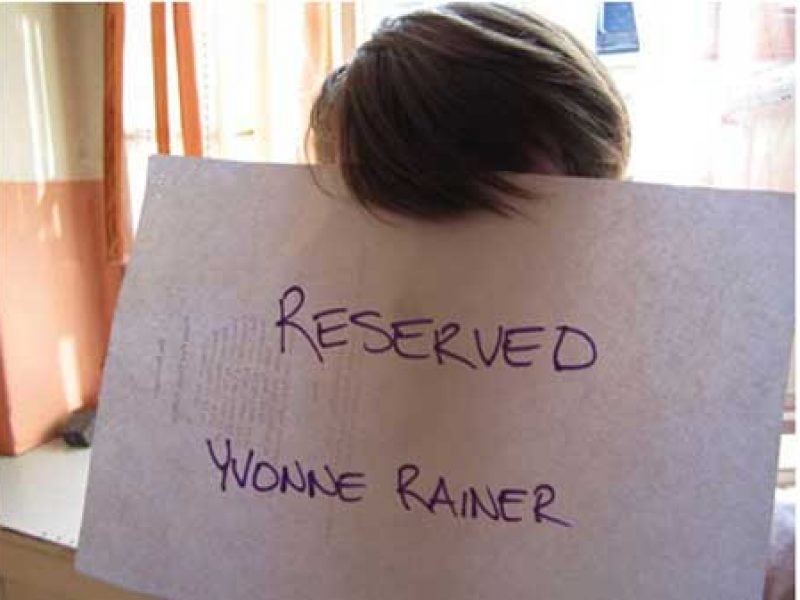The time is now 10 seconds or greater
I’d been listening to Shirley Bassey – The Performance. She has utterly impeccable enunciation. And her voice is so completely full, its own kind of absolute truth. I’m not embarrassed to like it even though it’s silly it took me until now to listen to her properly.
And it’s really nothing new, I know, to comment on how pop songs function but I’m compelled (sustained actually) by the the magical fictions that these songs weave as Bassey sings them – their enormous pathos, this repeated near-collapse, the magnificent, epic melancholy of a moment longed for, passed, now, dazzling, full lack, final emotional tragedy, the everyday in an ever-changing ball gown. Survival, pain, loneliness, failure all sung to make us feel as if they are their opposite.
OK, I’m gay. And I’m not the only one, but I’ve been working on putting together a series of discussion-events for this year’s Oberhausen festival under the title The Idea of Self. Bassey’s songs are nothing if not bravura exercises in the conjuring of a self that we feel, think ourselves into or are reflected by, ridiculously (with abandon) – to which I choose a certain kind of surrender – while we know we are not. And that’s their affect, in the gap between glitter and the doom: masquerading, blatant, sustaining amplification. Company of sorts, born from the suspension of disbelief.
So I’d been listening to Shirley Bassey and then I got on a plane to Graz in Austria for a reality check. Actually, no, a symposium about the real in film and painting. That was it. The symposium marked the end of two related exhibitions at the Kunsthaus – ‘Painting Real’ (Warhol, Wool, Newman) and ‘Screening Real’ (Conner, Lockhart, Warhol).
On reflection I think we were talking about materiality – its presence or absence, surface, refusal, resistance. Images and/as objects. I was asked at the last minute to moderate the morning session on film, which went well, despite real drops of sweat dropping from my brow while I cobbled an introduction from some tentative notes on early American film and its relationship to theatre and painting, via Edison’s Vitascope and John Sloane’s painting, as you do.
The other invited guests were hardcore – Douglas Crimp (hero since I was about 17), Sharon Lockhart (whose films formed the first ever season I curated for the old LUX Cinema – happy days!), Donna de Salvo from the Whitney, Robert Storr, Lynn Cook now director of the Reina Sofia, Chus Martinez (an immaculate, super clever riot) chief curator at MACBA…
The sweat dried but then after lunch, still feeling good at how lively the discussion had been I went to the bathroom, washed my hands, looked up into the mirror and there, really in the middle of the tip of my nose was a brilliant white pimple. Like, a really visible one. It was quite a rush, seeing it. I’m not that vain but here was real. Those poor other lunch guests. I squeezed it. We moved on. Yes, Dame Shirley, there’s no denying who I am…
It’s rare that I am ever in a room with a group of people discussing painting, let alone a group like this. Wow, are they serious. It is as if painting actually has been the very definition of art since anything was ever recorded, whereas I thought this kind of position was only ever allocated to painting in text books on feminism, as like a ridiculous, imaginary opposition, or as an emblem of everything that everyone of course would ever only have wanted to dismantle. No, no, no. They seem to still believe it.
And still react to a perceived threat in just the same way as Storr did to Crimp when the latter suggested the former might read Mark Wigley’s 1995 book White Walls, Designer Dresses vis a vis decoration and modernism. Storr embarrassed himself with a slap-down to what he thought was an attack, but which was actually not much more than a simple pointing out that the ideas Storr was discussing had been circulating for a while and hence that there was no need for his bravado. Don’t get me wrong, I like paintings. But the art history they have been responsible for really is a fiction too far.
Rachel Reupke’s videos used to look a bit like paintings. Invariably working with a locked-off camera and a minimally, meticulously digitally manipulated image within a largely still frame something small would happen that the viewer might only just notice. But that was then. Over the past two years her practice has taken on a radical, new direction. And it’s thrilling.
Everyone went to Bristol for the opening of her Picture This commission and the artist wore blue high heels. Thankfully J and I had fortified ourselves in the bar at Harvey Nichols which we’d stumbled across on our trot into town from the Ibis hotel and then I bought a Snickers at the garage – thankfully because it turned out that only useful people like curators and writers had been invited to the pre-opening dinner. But I didn’t mind then and I don’t mind now, ha ha… they didn’t use to call it Marathon for nothing.
Installed with style, 10 Seconds or Greater [click here to watch a 2 min clip] is the sort of work that would freak out Michael Fried by the way that it is precariously balanced between an artwork and the look and form of not-art. It is almost indivisible from generic footage available for rent for corporate use from the likes of Getty Images – men and women are shown in a variety of domestic scenes, generically chopping vegetables, sharing a drink, chatting, looking interested… but everything is in this ‘almost’. The same actors permutate across a series of anaemic set-ups in a purpose-built, utterly bland set. Windows with no views but dead bland status.
Delicately edited together, what emerges is something like an anti-narrative, in every respect. Nothing changes. It becomes clear that there is no human exchange between these people. There is no life, just its awful, empty simulation. No-one gets drunk, nobody eats, nobody cares in this cutting portrait of the every-person in their relentlessly medium, airless nothing of a middle life which They have us fed.
I read it as an extraordinarily expressive work – a scream really – against the systematic representations that it peddles, that do not represent us. It is expressive by virtue of the extent to which all expression has been thoroughly excavated and dumped outside the frame like human waste. And of course it is in parts hysterically funny, provoking the kind of laugh that comes with hopelessness, recognising awful assumptions and defying. It is so much the anti-Bassey that I feel it in much the same way. It’s as if we’re being asked “10 seconds or greater?” and as if through some kind of double negative the answer is, resolutely, “Greater.”
Ian White is an artist and Adjunct Film Curator for the Whitechapel Gallery, London, as well as working on independent projects. He is the Facilitator of the LUX Associate Artists Programme and a writer. He curated ‘Tense Present’, a guided tour of artists’ film and video in the Luxonline collection. ‘IBIZA: a reading for “The Flicker”, Black Flags and Democracy’, three solo performances and a window display by Ian White will be presented at daadgalerie in Berlin, 3-17 July 2010.






